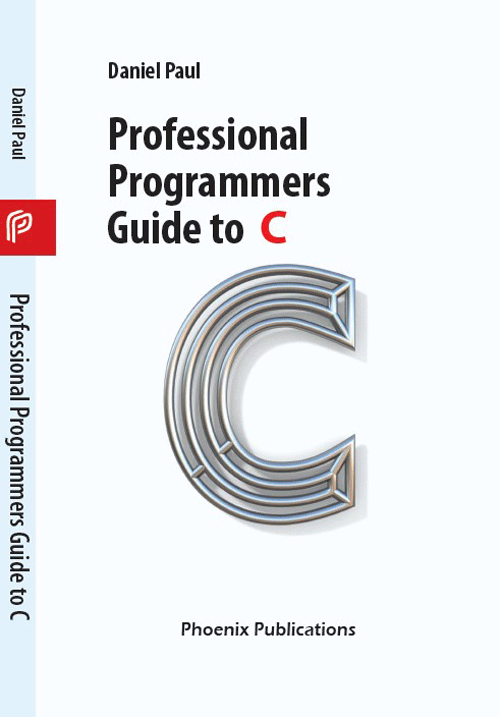Algorithm analysis is a crucial aspect of computer science that involves evaluating the efficiency and performance of algorithms. It aims to understand how well an algorithm solves a problem in terms of its resource consumption, execution time, and memory usage. Complexity analysis helps programmers and computer scientists make informed decisions about selecting the most appropriate algorithm for a particular problem, especially when dealing with large data sets or resource-constrained environments.
In this book, we delve into the art and science of evaluating algorithms beyond their surface functionality. We explore the intricacies of time and space complexity, concepts that provide a lens through which we can peer into the performance characteristics of algorithms. We will learn how to quantify the resources algorithms consume, enabling us to make informed choices about which algorithm to use in a given context. As we traverse the pages, we will encounter the elegant world of Big O notation—a succinct language that allows us to describe the growth rates of algorithms’ behaviors as inputs expand. We will demystify best case, worst case, and average case analyses, understanding how an algorithm’s behavior can change based on different input scenarios. Through examples and exercises, we will witness how complexity classes categorize algorithms, guiding us in our quest to choose wisely from a plethora of algorithmic solutions.



